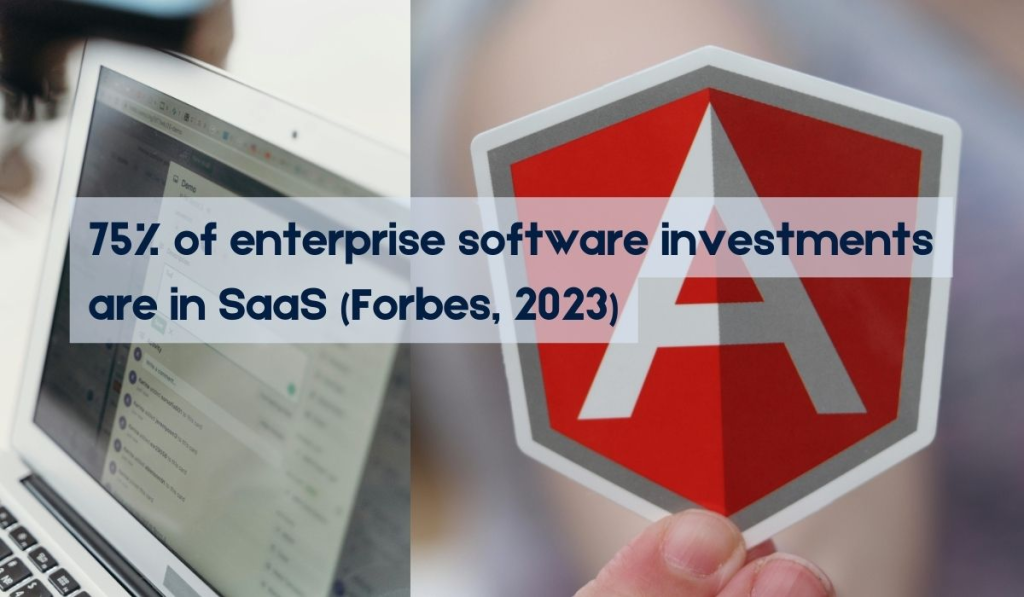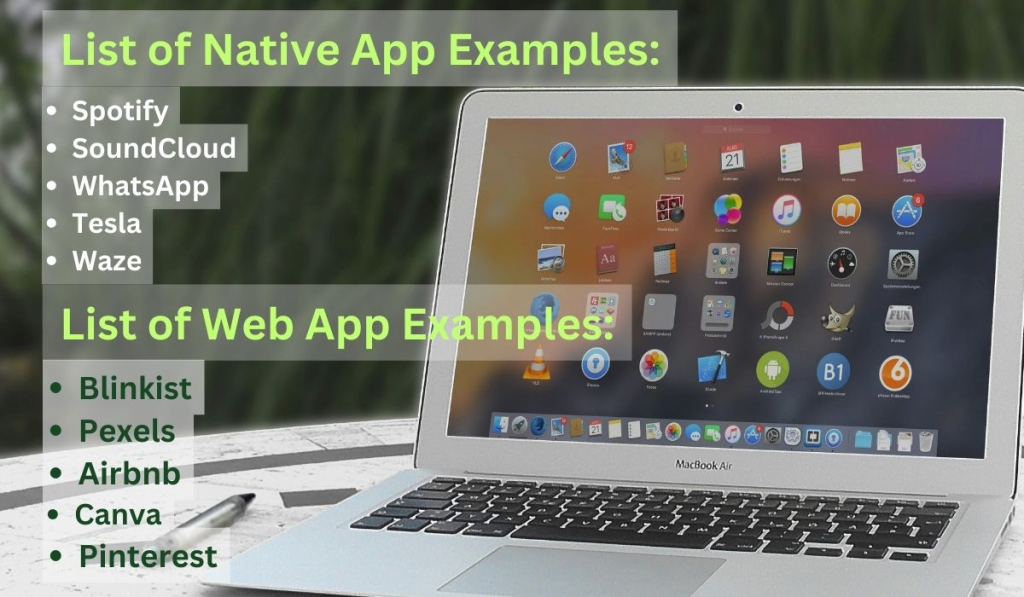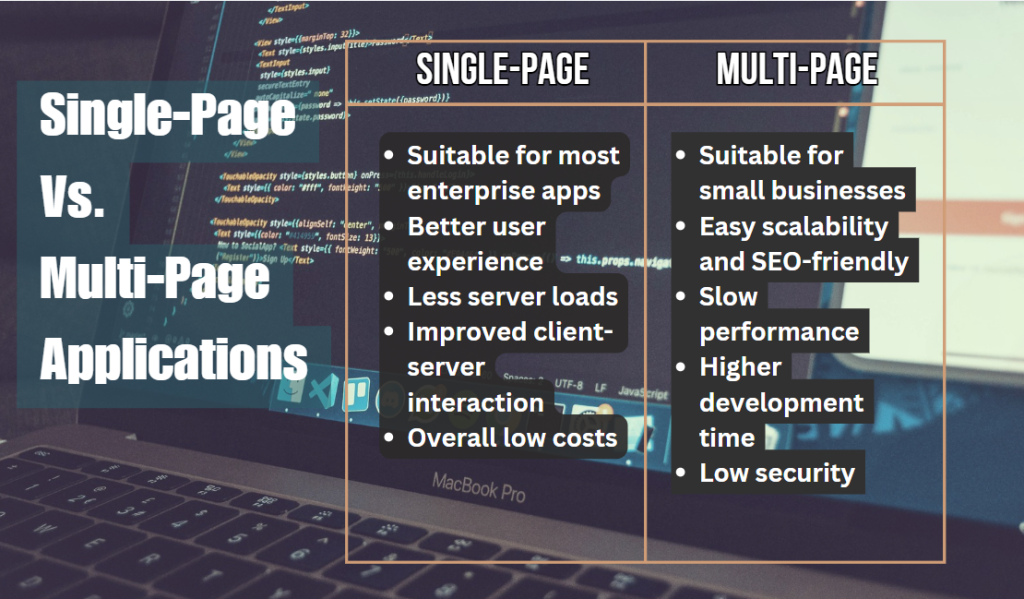When you want to develop a web application for your business, one of the first things that comes to mind is the costs. Right? Is the cost of developing for web application always high? Well, several factors go into custom web application development costs, and there’s no “one-price-for-all” solution.
For example, SaaS apps require centralized hosting, high scalability, and flexibility compared to traditional applications. Gaming apps have advanced system requirements for seamless functionality.
Before you choose a company to develop your web app, you should understand these factors, so that no one can take advantage of your ignorance.

If you’re here hoping for an exact number for web app development cost, you might be in for a bit of a surprise. But wait—before you frown, know it’s a good surprise.
Why? Well, if a company throws out a fixed price without asking about your project details, that’s a red flag. As just mentioned above, custom web application development doesn’t come with a price tag you can stick on the shelf. Instead, it’s more like ordering a personalized cake. You won’t know the price until the baker understands what you want.
Each project is different, just like every cake order. Do you want a simple cupcake or a multi-tier masterpiece with fireworks? That’s why you won’t typically see a neat price list for web application development costs.
Companies specializing in creating web apps usually tailor the solution to each client. You should know that even a proper chat and project breakdown cannot predict the web application development costs precisely.
But don’t worry! We can still give you a solid rundown of what to expect, and the major factors that influence the price. It’ll help you estimate the cost to build a web application that fits your vision.
Why Consider Building a Web Application?
First things first! Why are we even talking about web apps in the world of Smartphones? Well, the truth is there are plenty of apps out there. Native apps that work on specific devices (think iPhone apps), hybrid apps that work across multiple platforms, and then there are web apps.

The beauty of a web application is its versatility. It can run on any device that has a browser. That means your app could work on smartphones, laptops, tablets, and even smart fridges—pretty much anything that can connect to the internet. Plus, here’s a little nugget: the average cost of web application development tends to be lower than creating a native app or a hybrid one.
Web apps are also highly adaptable. They can be used for pretty much anything you think of – From running an e-commerce platform to building a CRM system, or even something more unique, like a progressive web app (PWA).
What Factors Impact the Cost of Web App Development?
So, what exactly makes up the cost of web application development? Just like ordering that custom cake, there are ingredients, time, and complexity involved. Let’s break it down:
Type of Web App
Are you developing a single-page application (SPA) or a multi-page application (MPA)? SPAs are quicker and typically less expensive to build, but they may need more attention when it comes to SEO. MPAs, on the other hand, can handle more content but might take longer to build. And guess what? More time means more money.
Then again, eCommerce apps are more complex than general web applications. If you are planning to develop a gaming app, you have to consider several other things, like user-friendliness (top priority), extensive features, user experience, server load handling, etc. In other words, the more complex features the app has, the higher the development costs.

Complexity of the App
The more bells and whistles you want, the more you’ll pay. Features like user profiles, payment gateways, and data encryption add layers of complexity that increase the web app development cost. Then there is mobile-friendliness (responsiveness), which is mandatory today. You can also think of incorporating a search bar in your web app to help users search for any specific function or feature.
These days, many developers consider including an analytics dashboard on every web app to help collect real-time data on its performance. You can easily understand customer behavior and app performance from the metrics and improvise the app accordingly.
Users want everything to be hassle-free, and if you aren’t providing that, your app is already a failure. Incorporating social media login options offers two advantages –
- It reduces users’ time to fill out lengthy forms
- It helps share reviews and orders with just a few taps, especially on an eCommerce web app.
Based on these complexities, the development costs may vary. Hence, there are no fixed web application development costs.
Design Requirements
A minimalist design will naturally be cheaper than a customized interface with all the fancy interactive elements. Think of it like decorating your cake—more sprinkles, more frosting, more cost.
Creating a seamless, intuitive, and interactive user interface is the primary requirement of any application. The developer should understand the needs of the end-users before deciding on the framework and architecture. Then there are the availability and costs of resources to develop an app that’s going to be super-easy to use. Last but not least, the app should be able to solve the problems that end-users currently face. Otherwise, none of it will matter.
Developing a customized, user-friendly app takes more time, patience, resources, and expertise. Hence, it’ll cost more than any average web application.
Technology Stack
The programming languages and frameworks you choose (or your developers choose) will also affect the price. For instance, JavaScript frameworks like React, Angular, or Vue.js are popular, but your project might require something else. And different tech stacks come with varying costs.
Development Team Structure
Are you planning to develop the web application in-house? Or, do you want to hire seasoned developers from a professional agency?
In both scenarios, the team will likely consist of developers, project managers, and application testers. The size and skill level of the team can have a big impact on the web app development cost. It’s like having a small crew bake your cake versus a whole bakery team with a celebrity chef.
The Web Application Development Process
Besides the key factors mentioned above, other things influence web application development costs. Understanding the process and different development phases can help explain why the cost of building a web app is not one-size-fits-all. Each stage comes with its price tag:
Stage 1: Project Discovery
It’s this stage, where the magic begins. Business analysts and project managers join hands to map out your needs, figure out timelines, and start drafting cost estimations. It’s like planning your cake recipe – what flavor, how many layers, and what kind of frosting.
Stage 2: Interface Design:
In this stage, expert UI/UX designers will craft the appearance and usability of your web application. How it’ll appear to the end users, and how easy it’ll be to explore and navigate are some of the primary considerations in this phase. The number of screens and the overall complexity of the design directly impact the costs of development. Simple designs, obviously, cost less, while intricate ones? Yep, they’ll cost you more.
Stage 3: Development Process (MVP)
The development phase can take a big chunk of the web application development costs. A minimum viable product (MVP) is like your app’s first draft. It’s a scaled-down version that includes the core features, allowing you to validate your idea before going all in. It’s like tasting a small sample of your cake before committing to the whole thing.
Stage 4: Testing the app
In this stage, you should make sure everything works as it should. Quality assurance testing, as well as UAT (User Acceptance Testing), are crucial for delivering a high-quality product, with fewer bugs and more usability. It’s also a key part of your web application development cost estimation.
The app is generally tested for:
- Cross-browser compatibility – If your app is compatible with different browsers from a range of devices
- Usability – How seamless is the interface, how’s the speed, design, reliability, and even readability of the app content
- Performance – Many apps tend to crash under severe server loads, thus creating frustration among the end-users. Hence, every web app must be tested for endurance, scalability, usage of resources, etc. to guarantee performance under heavy loads.
- Security – Ignoring app security can have consequences, like a massive data breach. In the testing phase, every app must be tested and analyzed for security aspects.
All these complex testing procedures can get the costs up by a good degree.
Maintenance and Scaling
The job of a developer or the company owning the app doesn’t end with the latter going live. Once the app is live, you’ll need to keep it updated and bug-free. The maintenance and scaling stage ensures everything runs smoothly after launch and adds to the web application development costs over time.
Progressive Web Apps (PWAs)
If you’re looking for something that works offline and has native-like features like push notifications, progressive web apps (PWAs) are a great option.
PWAs usually come with a bit higher price tag than basic web apps, but the cost to develop a progressive web app is still usually lower than building native apps for multiple platforms. It’s like baking a cake that you can store and eat later without the same going stale.
Hiring Models and Cost Breakdown
Now, let’s talk about who’s gonna bake this cake – Your in-house development team or a third-party developer.
The costs of web app development can vary depending on how you decide to hire the team.
Here are the main options:
- In-house Team: This is the priciest option, but it gives you full control over the process. If your project is ongoing, having a dedicated in-house team can save you lots of headaches. But the downside? In the U.S., a team of developers could easily run you anywhere from $500,000 to $1,000,000 a year once you factor in salaries, benefits, and overhead.
- Freelancers: For smaller projects or specific tasks, freelancers can be a cost-effective solution. They typically charge between $30 to $150 per hour. If you go this route, a basic web app might cost between $30,000 to $100,000. It’s kind of like hiring an at-home baker vs. going to a professional bakery. Just keep in mind the risk—freelancers may not always be as reliable for long-term projects.
- Outsourcing: Outsourcing to an external development agency can be a middle-ground solution. The cost to build a web application with an outsourced team can range from $50,000 to $200,000, depending on where the agency is located. Outsourcing gives you flexibility without the commitment of an in-house team, and it’s often cheaper than hiring locally.
How Much Does It Cost to Build a Web App?
Alright, let’s get down to some numbers. The cost to build a web app can vary dramatically, depending on the features, complexity, and team structure. Here’s a rough breakdown:
- Basic MVP: For a simple MVP, you’re looking at $50,000 to $100,000. This includes core features like user registration and a basic interface.
- Mid-range Web App: Adding more features will increase the web application development cost. For example, a SaaS platform with social media integration and data encryption could cost between $150,000 to $300,000.
- Complex Web Apps: If you’re building something more intricate, like a marketplace similar to Airbnb, the cost of web application development can range from $250,000 to $600,000 or even more.
- Enterprise-level Web Apps: For large organizations with complex needs, the price can easily go above $1,000,000.
Over to You
So, how much does it really cost to build a web app? Well, it depends on a series of different factors – like how complex your app is, who your development team is, and what technology stack you are using.
Be careful with those low-ball offers, though. Always ask for a detailed breakdown, so there aren’t any surprises later on in the development phase. The cost of web app development might seem steep at first, but investing in a solid development process will definitely pay off in the long run.
What are the challenges of developing a web application?
The foremost challenge, according to many businesses, is finding the right developer with the right talent set. The next challenge is managing the timeline versus the budget. There are other challenges, like finding resources, tech stack to implement, etc. Careful planning and estimation can help overcome these challenges.
Which platforms are best suitable for web application development?
Finding the right platform to develop your business web app is mandatory. Angular JS, Ruby on Rails, React, and ASP.NET are some of the common platforms for a wide range of web apps.
How much time does it take to develop web applications?
Again, there is no fixed timeline to develop a web application. It largely depends on the type of app, its features, usability, and functionalities. Generally, it takes about 4-5 months to develop an app from scratch.
What are the common types of web apps that we use in our day-to-day lives?
There are static and dynamic web apps, single-page and multi-page web applications, progressive apps, portal apps, eCommerce apps, and content management systems. You should choose the right one based on your business requirements, and the industry you serve.
Does every app require constant maintenance?
Yes! When you purchase a car, don’t you maintain it consistently? A web application is the same. You need to maintain it and even scale up, based on industry trends, changing user preferences, and SEO requirements. While choosing a development agency, talk to them about the need to revamp and scale up when necessary.